Texas 1015 Sweet Onions are amazingly delicious. Available for a relatively short period of time this sweet onion does not keep as long or as well as traditional onions. That means when you get them you need to eat them or do something with them fairly quickly. Similar to a Vidalia or a Sweet Peru Onion they give a wonderful mild flavor to a number of different dishes. And the best part? No tears. This type of onion is not as pungent as a traditional onion so it shouldn’t make you cry.
History of 1015’s
Originally developed by Dr. Leonard Pike at Texas A&M University in College Station, Texas 1015 Sweet Onions became available in 1983. The name 1015 comes from the date that it’s supposed to be planted, October 15.
Nutritionally it provides vitamin B6, C, folate, manganese, and potassium. Due to its mild flavor and low pungency, Texas Sweet 1015 onions can actually be eaten raw. They’re also good for grilling, sautéing, and can even be used in baking.
Cooking with sweet onions
Recently I came across the first of the season Texas 1015s at the grocery store. One of my favorite things to do with this onion is to make either chutney or relish. It’s a tasty condiment that is fabulous to have on hand.
Aside from the work involved in chopping 5 pounds of onions, this recipe is super easy to make. I use a food processor. Although you can only chop 2 onions at a time that way it is still faster than trying to chop it all by hand.
Onion relish is a wonderful and versatile condiment. You can certainly use it on hot dogs and hamburgers but it’s a delicious addition to other foods as well. Consider using this relish in different ways:
- Mixed with chicken salad
- As a side for roast chicken or turkey
- With sausages
- As a side for fish
- On top of or mixed into meatloaf
- On top of roasted sweet potatoes or winter squash
- On top of a baked Brie
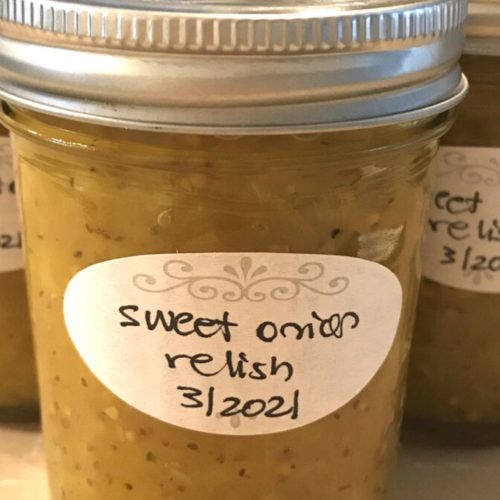
Texas Sweet Onion Relish
Ingredients
- 5 pounds of sweet onions, diced small (can use a food processor for this)
- 2 cups apple cider vinegar
- 1 cup evaporated cane juice crystals
- 2 tablespoons sea salt
- 2 tablespoons celery seed
- 1 tablespoon mustard seed
- 1 teaspoon turmeric
Instructions
- Bring all ingredients to a boil
- Immediately reduce to a simmer for 10 minutes
- Ladle into sterilized jars leaving 1/4” headroom
- Clean, seal, and hot water bath for 10 minutes
Texas 1015 Sweet Onions are amazingly delicious. Available for a relatively short period of time this sweet onion does not keep as long or as well as traditional onions. That means when you get them you need to eat them or do something with them fairly quickly. Similar to a Vidalia or a Sweet Peru Onion they give a wonderful mild flavor to a number of different dishes. And the best part? No tears. This type of onion is not as pungent as a traditional onion so it shouldn’t make you cry.
History of 1015’s
Originally developed by Dr. Leonard Pike at Texas A&M University in College Station, Texas 1015 Sweet Onions became available in 1983. The name 1015 comes from the date that it’s supposed to be planted, October 15.
Nutritionally it provides vitamin B6, C, folate, manganese, and potassium. Due to its mild flavor and low pungency, Texas Sweet 1015 onions can actually be eaten raw. They’re also good for grilling, sautéing, and can even be used in baking.
Cooking with sweet onions
Recently I came across the first of the season Texas 1015s at the grocery store. One of my favorite things to do with this onion is to make either chutney or relish. It’s a tasty condiment that is fabulous to have on hand.
Aside from the work involved in chopping 5 pounds of onions, this recipe is super easy to make. I use a food processor. Although you can only chop 2 onions at a time that way it is still faster than trying to chop it all by hand.
Onion relish is a wonderful and versatile condiment. You can certainly use it on hot dogs and hamburgers but it’s a delicious addition to other foods as well. Consider using this relish in different ways:
- Mixed with chicken salad
- As a side for roast chicken or turkey
- With sausages
- As a side for fish
- On top of or mixed into meatloaf
- On top of roasted sweet potatoes or winter squash
- On top of a baked Brie

Texas Sweet Onion Relish
Ingredients
- 5 pounds of sweet onions, diced small (can use a food processor for this)
- 2 cups apple cider vinegar
- 1 cup evaporated cane juice crystals
- 2 tablespoons sea salt
- 2 tablespoons celery seed
- 1 tablespoon mustard seed
- 1 teaspoon turmeric
Instructions
- Bring all ingredients to a boil
- Immediately reduce to a simmer for 10 minutes
- Ladle into sterilized jars leaving 1/4” headroom
- Clean, seal, and hot water bath for 10 minutes

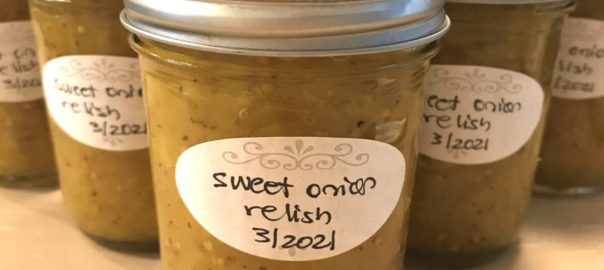
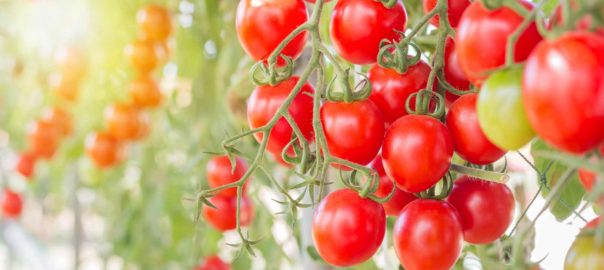
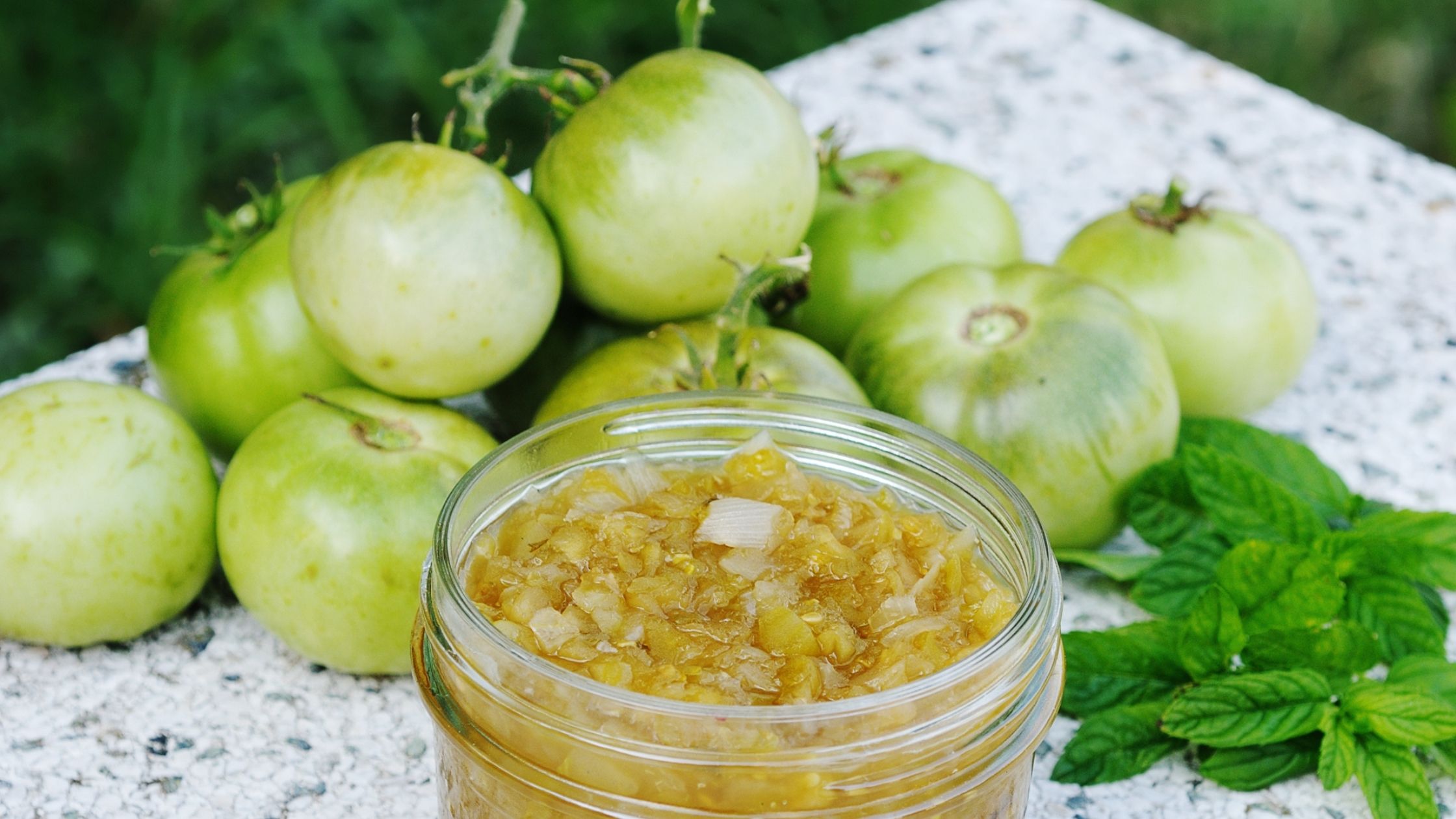
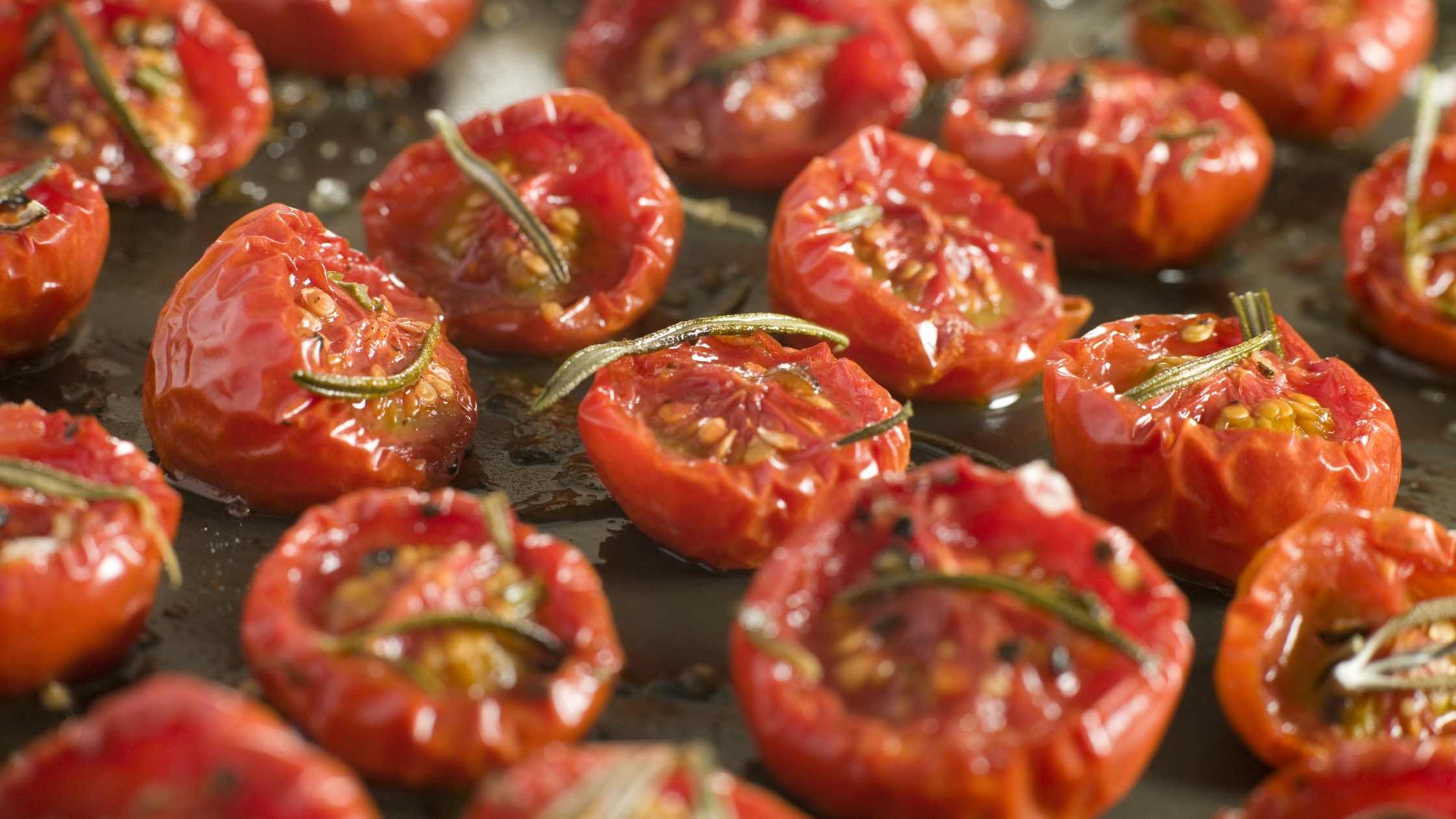 This is a good way to preserve tomatoes so you can enjoy them later in the year when they are no longer in season
This is a good way to preserve tomatoes so you can enjoy them later in the year when they are no longer in season